Buy Transkei Magic Mushrooms Online
Transkei Magic Mushrooms (Psilocybe cubensis Transkei) are a rare and fascinating strain of Psilocybe cubensis, originally discovered in the wild grasslands of Transkei, South Africa. Known for their unique characteristics, historical significance, and ecological role, these mushrooms are an important species in mycology and are widely studied by fungal researchers and enthusiasts.
This educational guide will explore the origins, appearance, habitat, and scientific significance of Transkei Magic Mushrooms, along with frequently asked questions and their answers.
What are Transkei Magic Mushrooms?
Transkei Magic Mushrooms are a strain of Psilocybe cubensis, a species of fungi known for its distinct features and natural habitat. Unlike other Psilocybe cubensis strains, the Transkei strain is native to Africa, making it unique among its counterparts.
The Transkei region is known for its lush, subtropical climate, providing ideal conditions for fungal growth. These mushrooms are often studied for their genetic adaptations to African climates and their ecological interactions with native flora and fauna.
Characteristics of Transkei Magic Mushrooms
1. Appearance
-
Cap: Golden to light orange, small to medium-sized, often wavy.
-
Stem: Thin, long, and slightly curved, white to off-white in color.
-
Gills: Dark brown to purple, with a dense arrangement.
-
Spores: Dark purple-brown, typical of Psilocybe cubensis species.
2. Habitat and Growth Conditions
-
Found in the wild grasslands of South Africa, particularly in Transkei.
-
Prefers warm, humid climates, growing in rich organic soils and animal-dung-enriched environments.
-
Thrives in subtropical and coastal regions with high rainfall.
3. Mycological and Scientific Significance
-
As one of the few Psilocybe cubensis strains native to Africa, it has been studied for its genetic diversity and ecological adaptation.
-
Its growth in different climates provides insights into fungal evolution and adaptation strategies.
-
The spore structure and reproduction methods of this mushroom are of interest to mycologists and researchers.
Frequently Asked Questions About Transkei Magic Mushrooms
1. Where do Transkei Magic Mushrooms originate from?
Transkeii Magic Mushrooms were first discovered in the Transkei region of South Africa, a coastal area known for its humid and subtropical climate.
2. How do Transkei Magic Mushrooms differ from other Psilocybe cubensis strains?
-
They are native to Africa, unlike most Psilocybe cubensis strains, which are commonly found in North and South America, Asia, and Australia.
-
They have distinctive wavy caps and thinner stems compared to other strains.
-
Their spore structure and ecological adaptability are different due to African climate conditions.
3. How do Transkei Magic Mushrooms reproduce?
They reproduce by releasing spores from their gills, which are then dispersed by wind, water, or animals. When the spores land in a nutrient-rich environment, they germinate and grow into mycelium, which eventually produces new mushrooms.
4. How do scientists study Transkei Magic Mushrooms?
Mycologists examine Transkeii Magic Mushrooms by analyzing their spore structure, growth cycles, and genetic traits. Research is conducted to understand their adaptability to the African environment and their role in the fungal ecosystem.
5. What makes the habitat of Transkei Magic Mushrooms unique?
The Transkei region is a coastal and subtropical environment with frequent rainfall and rich organic soil. The climate and humidity levels make it an ideal place for fungal species like Psilocybe cubensis Transkei to thrive.
6. How does the Transkei strain compare to other Psilocybe cubensis strains?
-
Appearance: More delicate and wavy caps compared to other strains.
-
Growth Conditions: Thrives in warmer and more humid environments.
-
Genetic Traits: Unique adaptations due to African climate exposure.
7. When do Transkei Magic Mushrooms typically grow?
They tend to grow during the rainy seasons, usually appearing in spring and summer, when conditions are humid and warm.
8. What is the scientific significance of Transkei Magic Mushrooms?
Researchers study Transkei Magic Mushrooms to understand:
-
The genetic diversity of Psilocybe cubensis.
-
Adaptations to African environmental conditions.
-
The ecological role of fungi in African grasslands.
9. Can Transkei Magic Mushrooms be cultivated outside of Africa?
Yes, like many Psilocybe cubensis strains, Transkei mushrooms can be cultivated in controlled environments with the right humidity, temperature, and nutrient levels.
Ecological Importance and Research Contributions
Transkeii Magic Mushrooms contribute to soil health and nutrient cycles in their natural habitat. As fungi, they play an important role in breaking down organic matter and enriching the ecosystem with essential nutrients.
Scientists continue to research their spore formation, growth patterns, and ecological impact to better understand fungal biodiversity and evolution.
Conclusion
Transkei Magic Mushrooms (Psilocybe cubensis Transkei) are a unique strain of fungi native to South Africa, making them one of the few Psilocybe cubensis strains from the African continent. With their distinctive wavy caps, thin stems, and unique genetic traits, they provide valuable insights into fungal adaptation and mycology.




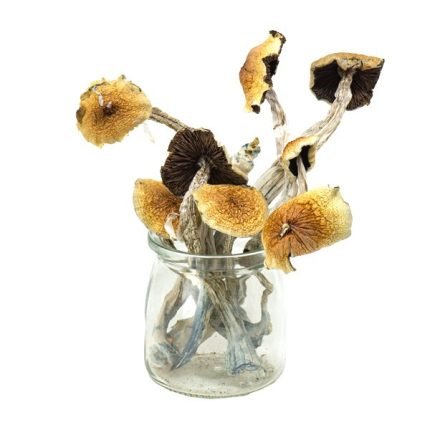


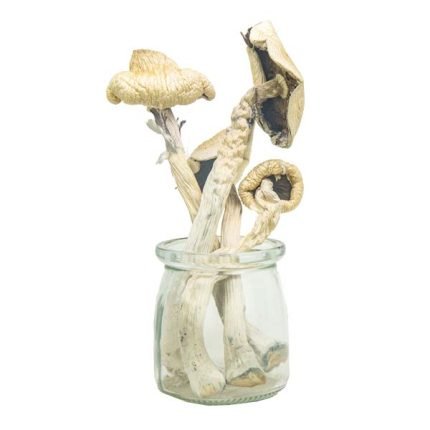
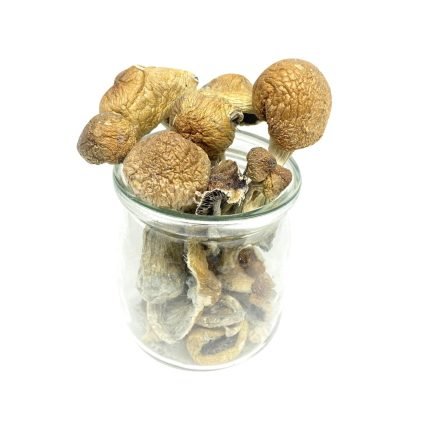



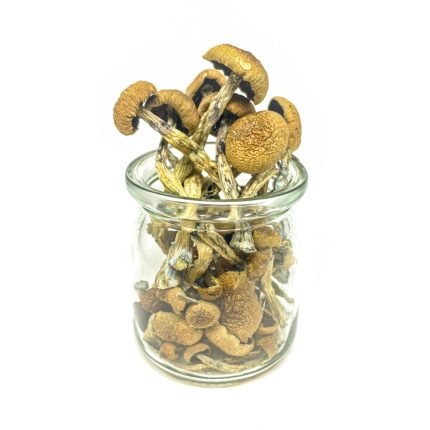
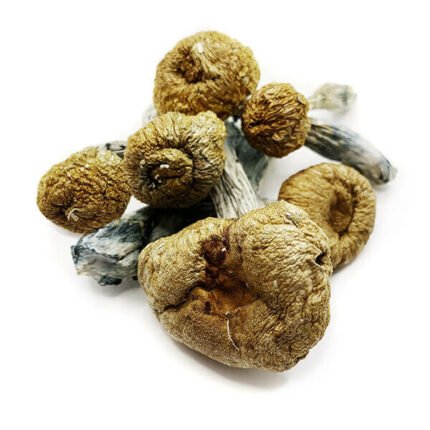
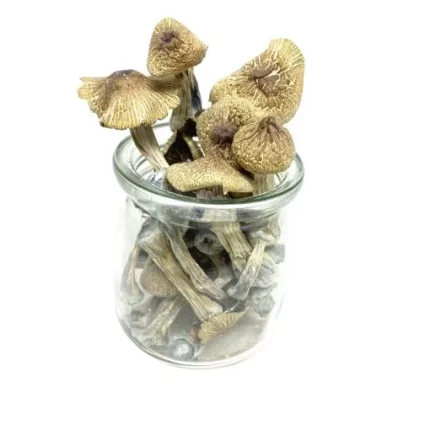

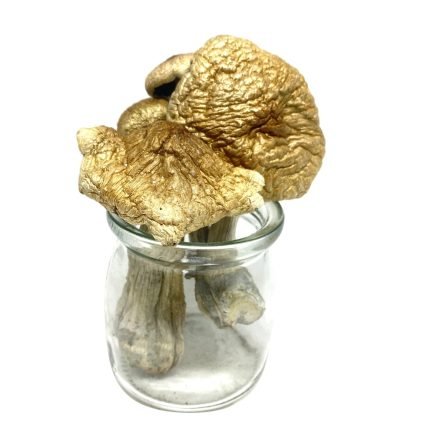
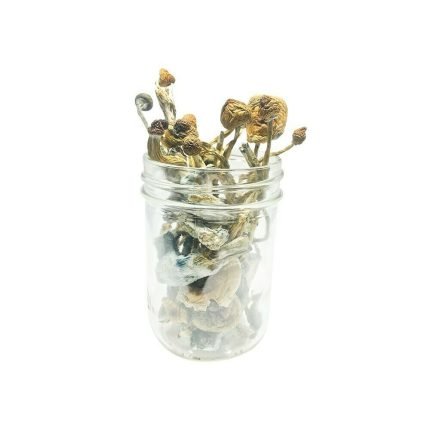


Reviews
There are no reviews yet.